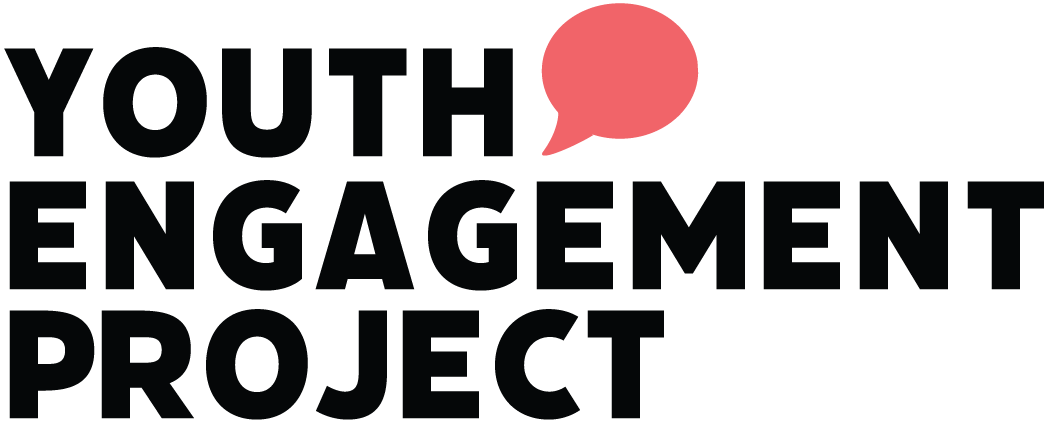“I Have a Dream” – 5 Timeless Techniques Every Speaker Should Steal from Martin Luther King Jnr
Public speaking isn’t about having all the answers. It’s about sharing your voice in a way that moves people.
Dr. Martin Luther King Jr.’s legendary “I Have a Dream” speech wasn’t just powerful because of what he said - but how he said it. Over 60 years later, we’re still quoting it. Still feeling it. Still learning from it.
If you’re a student trying to build confidence, a teacher guiding young voices, or someone who’s ever stood in front of a crowd with shaking hands and a fast-beating heart - this one’s for you.
Here are five timeless techniques from Dr. King’s speech that every speaker (including you) can borrow - and how to use them in your own voice:
1. Start with Vision, Not Just Info
“I have a dream that one day this nation will rise up…”
Dr. King didn’t open with data. He opened with a dream.
He painted a future we could see, feel, and believe in. That’s what good speaking does - it lifts people up and helps them see something bigger than the moment.
Try this: When preparing your next speech or presentation, ask yourself: “What do I want people to see, feel, or do by the end?”
Start there - not with the stats, but with the spark.
2. Use Repetition to Make It Stick
“I have a dream…”
“Let freedom ring…”
“Now is the time…”
Dr. King repeated short, rhythmic phrases to build momentum and drive his message home. This isn’t accidental - repetition helps your audience remember what matters most.
Try this: Choose one line that captures your core message and come back to it throughout your talk.
Let it become a heartbeat that keeps your message alive.
3. Speak in Pictures
King didn’t just say "freedom" - he said:
“Let us not wallow in the valley of despair.”
“The content of their character.”
These are visuals. And visuals land. They make abstract ideas real and memorable. They support the audience in comprehending your message.
Try this:
Instead of saying “We need teamwork,” say, “We need to row in the same boat.”
Instead of “It’s unfair,” say, “The scales are tipped.”
Speak in scenes and visuals to enhance connection.
4. Pause for Power
Dr. King didn’t rush. He gave space for his words to breathe. He let the crowd react. He knew that sometimes silence says more than words.
Try this: When you land a key point - pause. Let it settle. Give your audience time to catch up and feel it.
Pause is a verbal highlighter - and one of your greatest assets when public speaking.
5. Speak From the Heart
What made “I Have a Dream” unforgettable wasn’t just the delivery - it was the conviction. He meant every word. And you could feel it.
You don’t need to be perfect. But you do need to be real - authenticity is your most precious commodity as a leader and speaker.
Try this: Talk about something that matters to you.
Speak from experience, from passion, from purpose. That’s what people connect to.
So, what does this mean for young speakers?
It means that public speaking isn’t reserved for politicians or professionals. It’s a skill - and like any skill, it can be learned, practiced, and refined.
At Youth Engagement Project, we work with students across Australia to build real, relatable speaking skills. We believe every young person deserves the chance to use their voice with confidence, clarity, and connection - not just for speeches, but for life.
Effective communication tools empower students not just to share their ideas, but to shape how they’re heard.
Learn more about our Student Public Speaking Workshops here.


